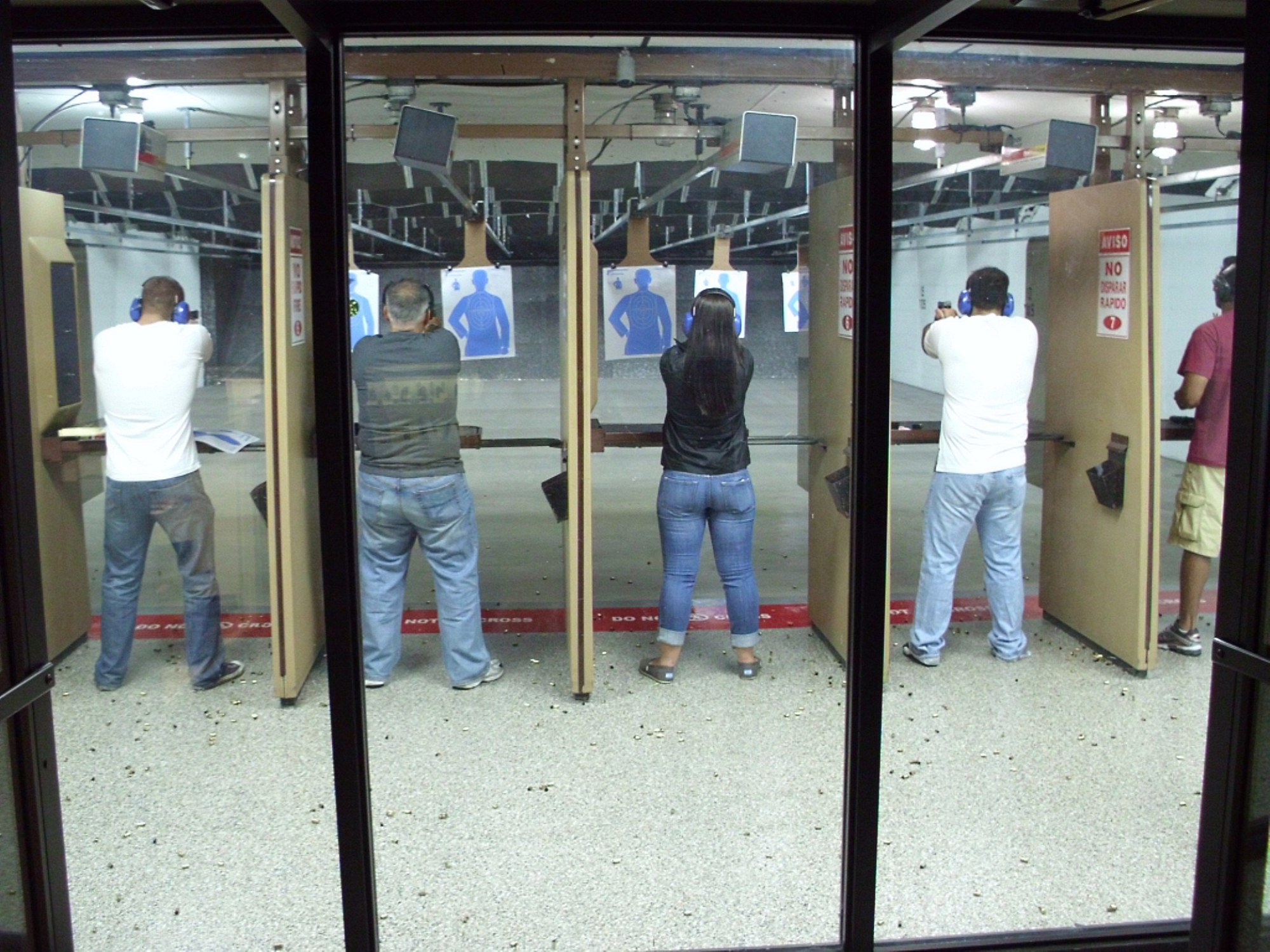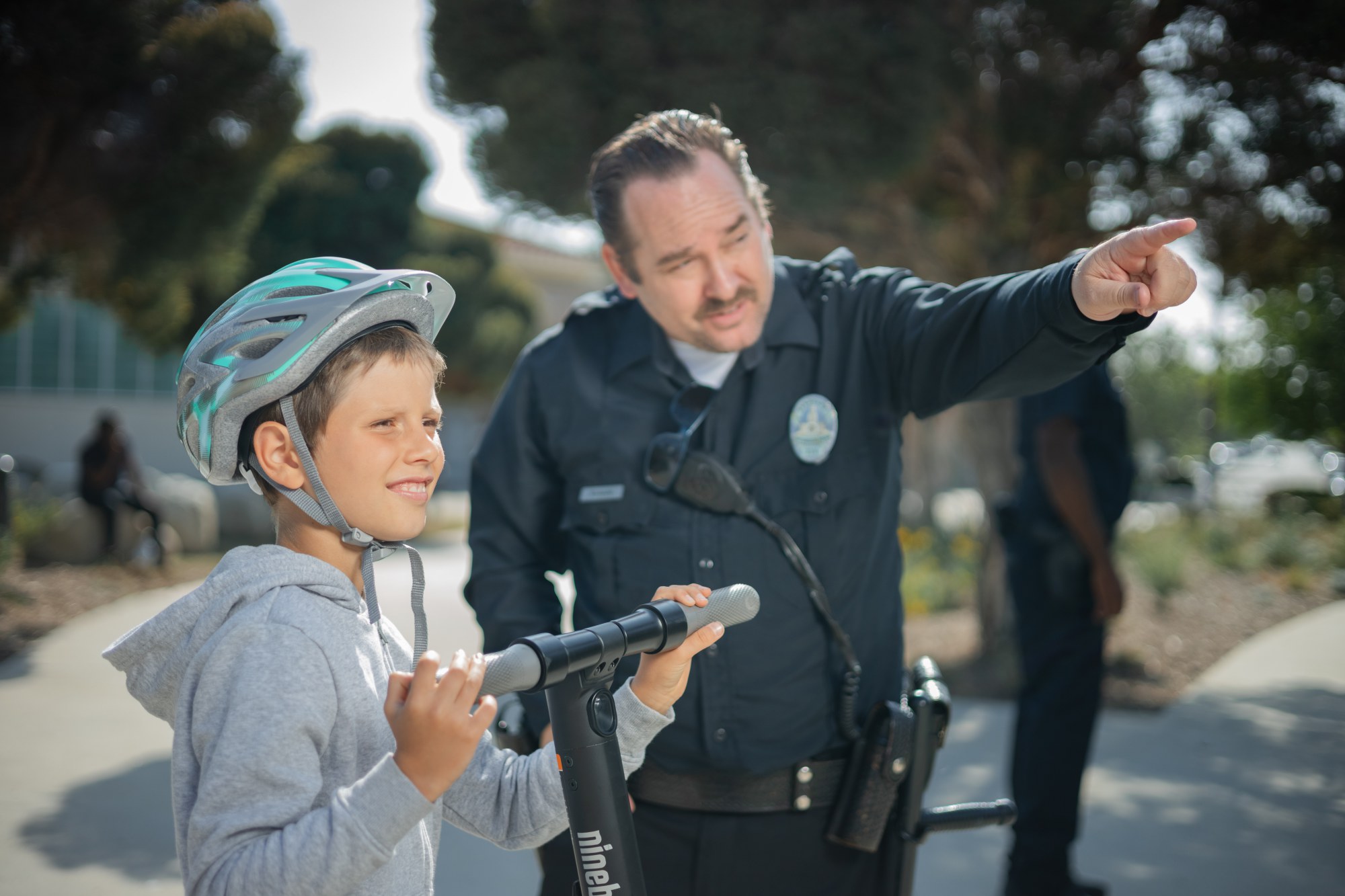Education is key when it comes to ensuring gun safety. However, many parents do not know when is best to begin educating their children, and how best to start. We interviewed a local law enforcement officer to get the 4-1-1 on gun safety. Here are some of the main points discussed:
1. Safe Storage
Notably, the first step discussed was to ensure the firearm is safely stored away. As secure as possible, a locked up and hidden spot, safely away from little (and big) explorers is the goal. A reputable, quality safe is recommended. Not only will it keep it safely away from roaming hands, but a gun safe can help keep your guns in good condition. The safe will keep out moisture, and other substances or gasses that may damage your guns over time.

2. Identifying a Gun
Once the firearm is safely secure, sit down with your child, and consider if they are ready to recognize what a gun is. Once they are old enough to comprehend danger, elementary school age, ask them to identify one from a cartoon picture. For example, show them a picture of a car and a gun. Ask them, which is the gun? At this age, they are thinking at a symbolic level, not yet using cognitive operations (McLeod, 2018). This means, they cannot yet use separate ideas, or form logic. Children in this stage cannot think of multiple ideas or actions, they are only able to focus on one aspect of a situation at a time (McLeod, 2018).
Therefore, it is best to go slow. Be clear in your message, and use precise language with easy terms to follow. Always check in to see if they’re understanding completely.
For an older child, you could read a social story, such as this one here:
https://www.doe.virginia.gov/boe/guidance/safety/school_gun_safety_elementary.pdf
You could also search for videos on gun safety, and ask your children to identify the gun when they see one.
3. Come Up With a Plan
Collaborate, and create a plan should they ever encounter a gun.
Use simple language. For example:
- “Don’t touch”
- “Leave”
- “Tell a grown up”
Providing this education during the school age years will help them better identify a gun if they encounter one. If they know more about guns, they can feel better prepared, and can stay alert. A simplified plan will help with memory recall should they ever need to use it. Prevention is key in ensuring safety.

4. Learn Safe Gun Handling
When children are older, take them to gun ranges. Here, they can learn safe handling skills, such as, “The 10 Rules of Safe Gun Handling” you can find here:
https://www.nssf.org/safety/rules-firearms-safety/
Older children can learn how to disarm a gun, should they ever need to, but also learn to identify the sound and look of different firearms.

By providing gun safety education, your children will instinctively have a plan in place should they encounter a firearm. Safety first, always. Do not be timid when it comes to gun safety, and to your health. We believe the best plan is to always be proactive, and ensure a healthy future.




